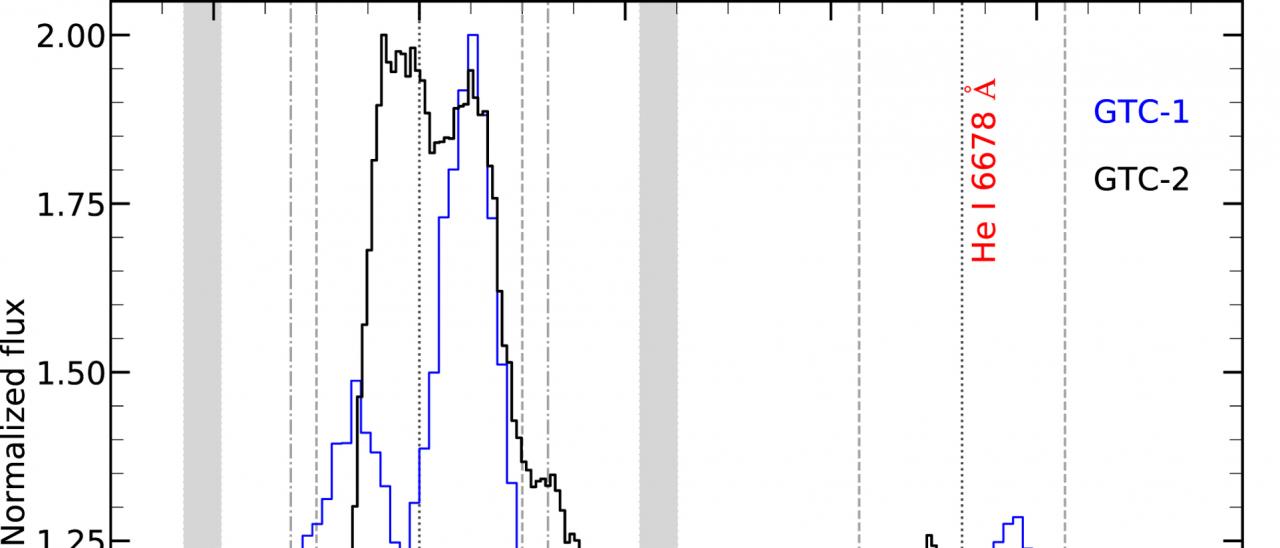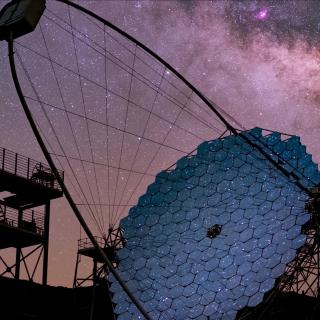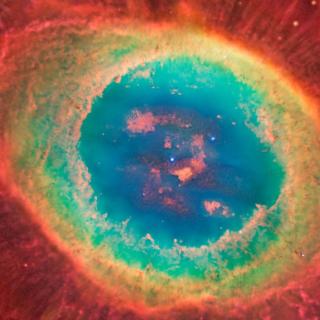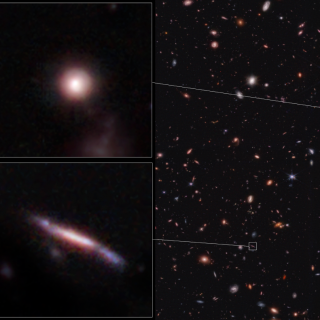We present 12 epochs of optical spectroscopy taken across the discovery outburst of the black hole (BH) candidate MAXI J1803-298 with the Gran Telescopio Canarias and Very Large Telescope. The source followed a standard outburst evolution. This means it passed through the so-called "hard" and "soft" states, defined in terms of the relative contribution of high to low energy X-rays. The system displays a "triangular" shape in the hardness intensity diagram, consistent with that seen in high-inclination BH transients and the previously reported detection of X-ray dips. The two epochs observed during the initial "hard" state exhibited asymmetric emission-line profiles, including a P-Cygni profile simultaneously detected in Hα and He I 6678 Å. This type of profile, described as a blue-shifted absorption and a red-shifted emission, has been previously seen in a number of objects (e.g., massive stars and supernovae), and provides conclusive proof for the presence of winds. The remaining spectra, obtained during the transition to the soft state and the subsequent decay, are instead characterized by narrower, double-peaked emission lines embedded into broad absorption components. One epoch (intermediate state) also includes near-infrared coverage, revealing complex line profiles in the hydrogen Paschen and Bracket series, which suggests that the outflow is still present during the outburst decay through the soft state. The growing list of low-mass X-ray binaries with optical and near-infrared outflow signatures indicates that these are common features. Furthermore, we use the correlation previously introduced by some of us to constrain the mass of the compact object. Using the lowest luminosity spectrum, together with previous constraints on the binary parameters, allows us to favour a compact object mass of ~3-10 solar masses, further supporting its BH nature.
Normalized spectra of the GTC-1 (blue) and GTC-2 epochs (black) at Hα. Telluric bands and diffuse interstellar bands, as well as reference velocities (1000 and 1250 km/s) have been marked to highlight the blue-shifted absorption produced by the wind.
Advertised on
Authors
Daniel
Mata Sánchez
Teodoro
Muñoz Darias
Virginia Anahi
Cúneo
Montserrat
Armas Padilla
Javier
Sánchez Sierras
María Guayente
Panizo Espinar
Jorge
Casares Velázquez
J. M. Corral-Santana
Manuel Ángel
Pérez Torres
References



